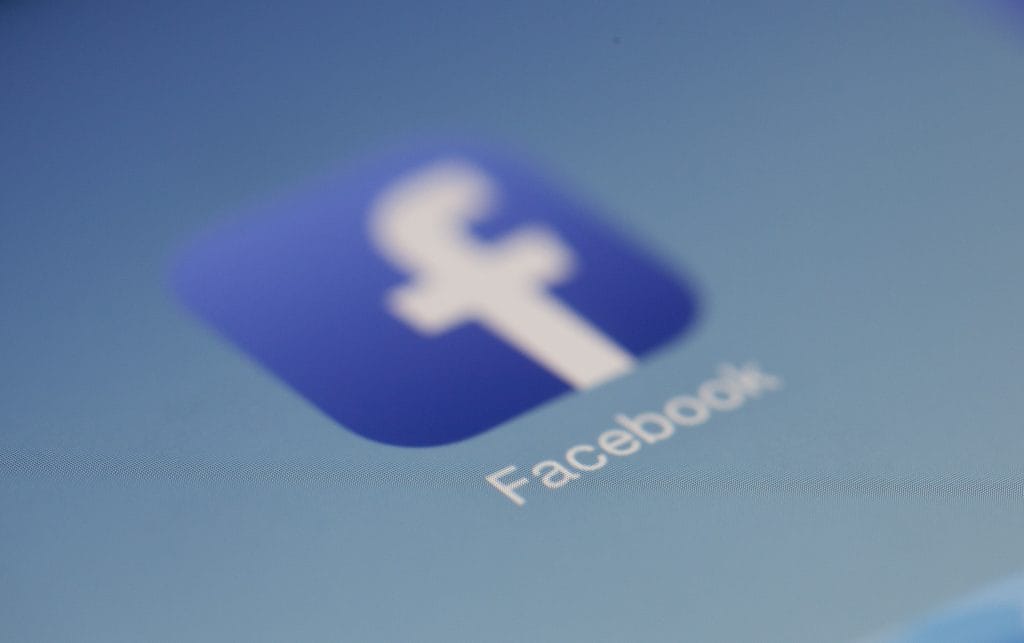facebook engagement
Creating a Community: How to Better Manage a Facebook Group
Having a presence on social media is critical to brand awareness. While your marketing goals are ultimately always going to be conversions, your social media goals should include relationship building and engagement as well as the eventual benefit of converting followers into sales. The organic algorithm associated with fan and business pages doesn’t allow for…
11 Tips to Increase Facebook Engagement
In the early days of social media, there was major focus on the number of fans you had, which lead to an onslaught of craziness where people thought it was a good idea to buy fans. (If you don’t know why that’s a bad thing – I talked about it in this post. There’s…
OTHER ARTICLES YOU MIGHT BE INTERESTED IN

SMG Marketing Makeover 2025 - What’s Working, What’s Not, and What’s Next

Using Community Outreach as a Marketing Strategy


A Complete Guide to Google Performance Max (PMAX) for Healthcare

Tips for Spring Cleaning Your Digital Marketing Efforts

Medical Practice SEO - The Ultimate Guide for Doctor's Offices

10 Digital Marketing Ideas for Doctor's Offices




